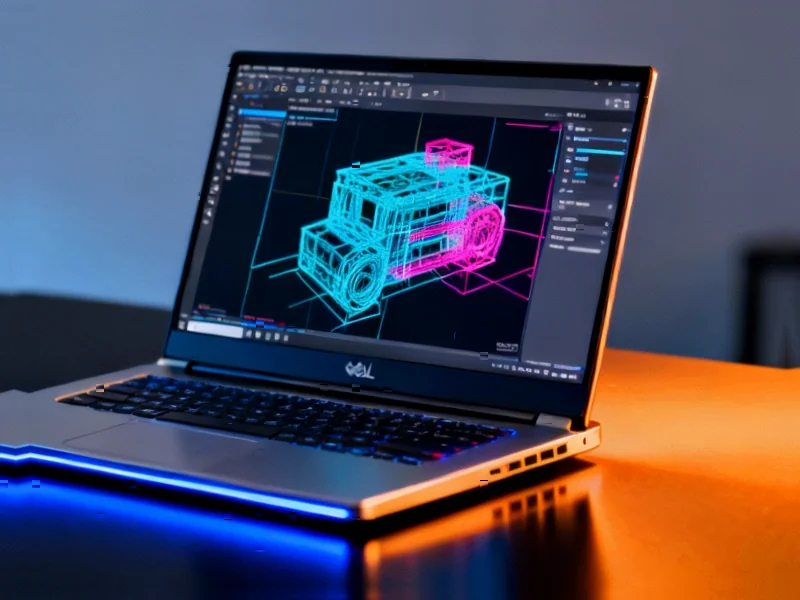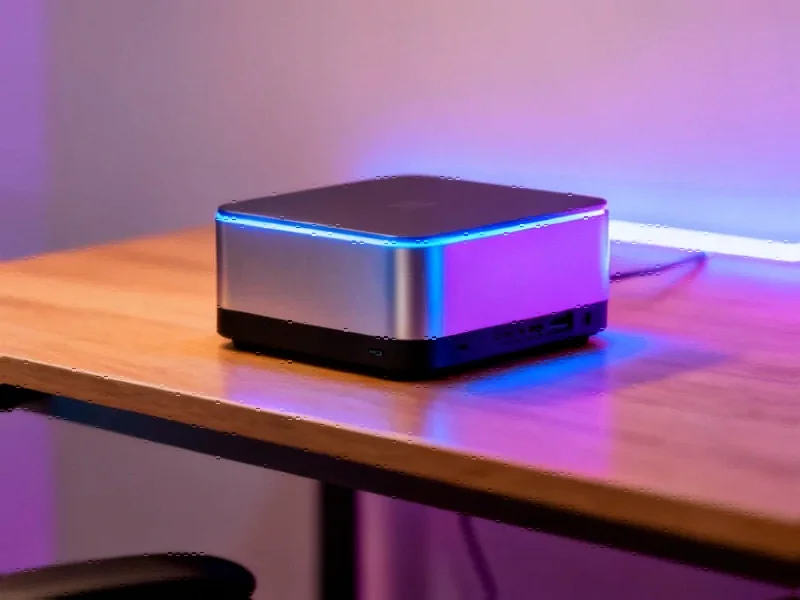Apple and Samsung: A Strategic Alliance for Next-Generation iPad Displays
In a move that could redefine tablet computing, Apple is reportedly in advanced discussions with Samsung Display to supply foldable OLED panels for a future iPad model slated for 2029. This potential collaboration builds upon a longstanding partnership where Samsung has been a primary supplier of high-quality displays for various Apple products, including iPhones and MacBooks. Industry analysts view this as a strategic step for Apple to integrate cutting-edge foldable technology while leveraging Samsung’s proven manufacturing expertise in flexible displays.
Table of Contents
- Apple and Samsung: A Strategic Alliance for Next-Generation iPad Displays
- The Evolution of Foldable Display Technology
- Why Samsung Remains Apple’s Display Partner of Choice
- Potential Impact on the Tablet Market and User Experience
- Technical Challenges and Development Timeline
- Broader Implications for the Consumer Electronics Industry
The Evolution of Foldable Display Technology
Foldable displays represent one of the most significant advancements in consumer electronics in recent years. Unlike traditional rigid screens, these panels use flexible OLED technology that can bend without damaging the internal components. Samsung has been at the forefront of this innovation, having released multiple generations of foldable smartphones that have progressively improved in durability and performance. The technology has evolved from early prototypes with visible creases to current models featuring nearly seamless folding mechanisms and enhanced protective layers.
The potential application in Apple’s iPad lineup signals a major shift in tablet design philosophy. While competitors have experimented with foldable tablets, Apple’s entry would likely set new standards for the category, combining the company‘s signature design aesthetics with revolutionary form factor possibilities.
Why Samsung Remains Apple’s Display Partner of Choice
Several factors make Samsung an obvious choice for Apple’s foldable ambitions:, according to industry analysis
- Proven track record: Samsung Display has supplied Apple with millions of OLED panels across multiple product generations
- Technical expertise: Years of research and development in flexible display technology
- Manufacturing capacity: Ability to scale production to meet Apple’s massive volume requirements
- Quality consistency: Demonstrated reliability in delivering displays that meet Apple’s stringent quality standards
Potential Impact on the Tablet Market and User Experience
The introduction of a foldable iPad could fundamentally transform how users interact with tablets. The technology promises several advantages:
- Enhanced portability: A foldable design would make larger-screen iPads more convenient to carry
- Versatile form factors: Multiple usage modes from compact notebook to expansive canvas
- New productivity paradigms: Seamless transition between reading, writing, and content creation
- Extended battery life: Potential for larger battery capacity in the folded form factor
This development comes as the global tablet market seeks innovation to reinvigorate consumer interest. A foldable iPad could create an entirely new product category that bridges the gap between smartphones and traditional tablets while offering unique advantages over conventional laptops.
Technical Challenges and Development Timeline
The 2029 target launch date suggests Apple and Samsung are taking a deliberate approach to overcome several technical hurdles:
- Durability testing: Ensuring the display can withstand years of repeated folding
- Crease minimization: Developing solutions for a perfectly flat viewing experience
- Software optimization: Creating intuitive interfaces that adapt to various folding states
- Cost management: Balancing advanced technology with consumer affordability
The extended timeline also allows both companies to refine manufacturing processes and establish reliable supply chains for what will likely be a premium product category.
Broader Implications for the Consumer Electronics Industry
An Apple-Samsung foldable display partnership would have ripple effects across the technology landscape. It would validate foldable technology as a mainstream innovation rather than a niche feature and potentially accelerate adoption across other product categories. Competitors would face pressure to develop comparable technologies, while component suppliers would need to adapt to new technical specifications and quality requirements.
The collaboration also demonstrates how former rivals can become essential partners in driving industry-wide innovation. Despite competing in the smartphone market, Apple and Samsung have maintained a complex relationship where cooperation in component supply complements their market competition., as previous analysis
As the 2029 timeline suggests, consumers shouldn’t expect immediate availability, but the reported discussions indicate that foldable technology will play a significant role in Apple’s long-term product strategy. The potential fusion of Apple’s design philosophy with Samsung’s display innovation could produce one of the most anticipated product launches of the decade.
Related Articles You May Find Interesting
- European Aerospace Giants Forge Satellite Alliance to Challenge SpaceX Dominance
- Corporate Training Revolution Accelerates to Meet AI’s Unprecedented Pace
- Central Europe’s Energy Revolution: How Solar and Storage Are Redefining Regiona
- Google’s Axion Arm Processors Power Multi-Architecture Infrastructure Transforma
- European Aerospace Giants Forge New Space Alliance to Challenge SpaceX Dominance
This article aggregates information from publicly available sources. All trademarks and copyrights belong to their respective owners.
Note: Featured image is for illustrative purposes only and does not represent any specific product, service, or entity mentioned in this article.



